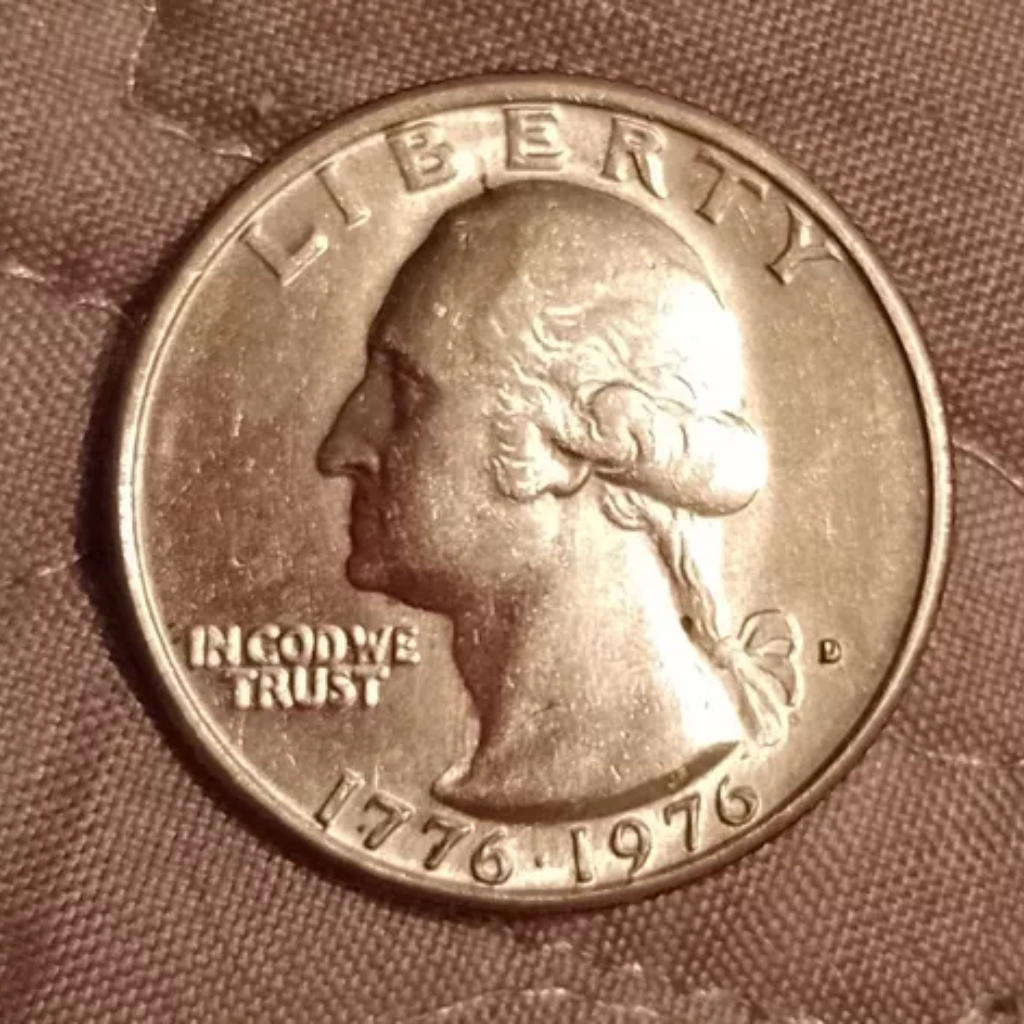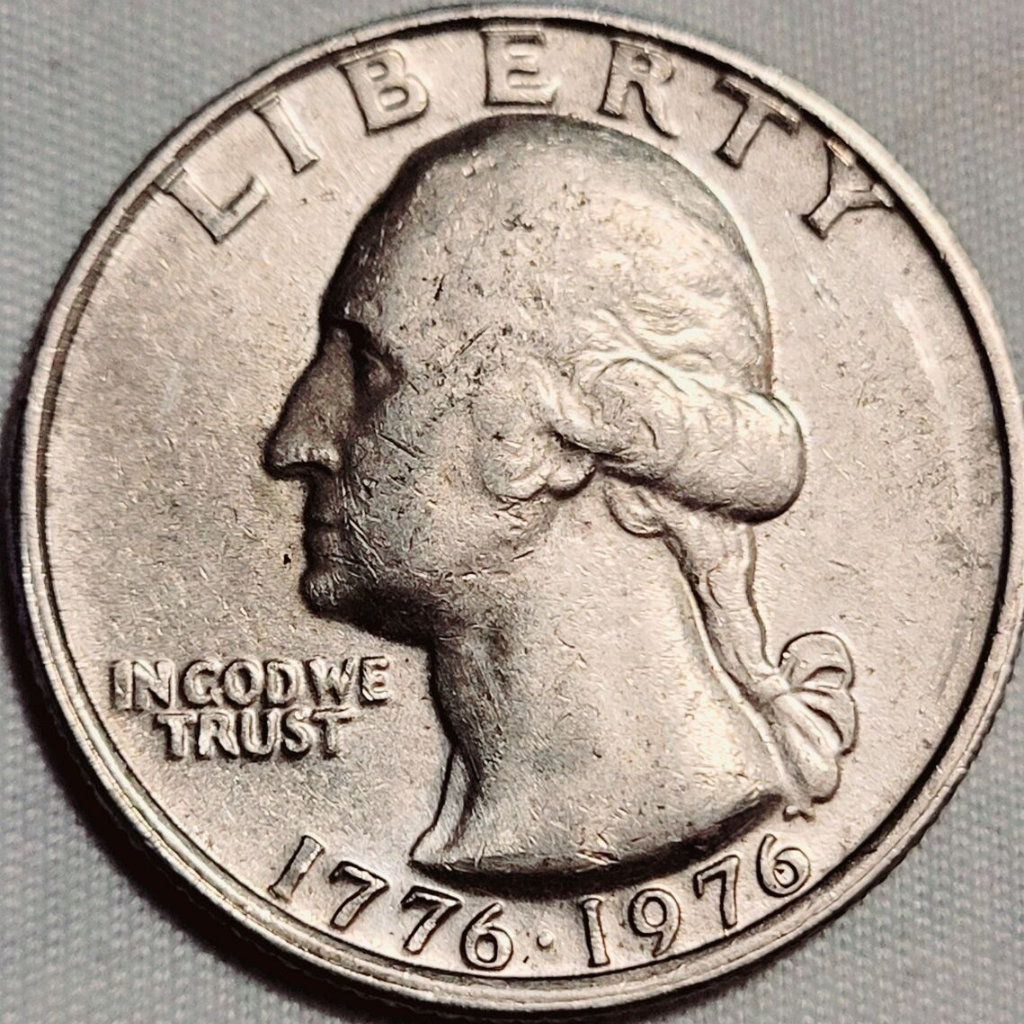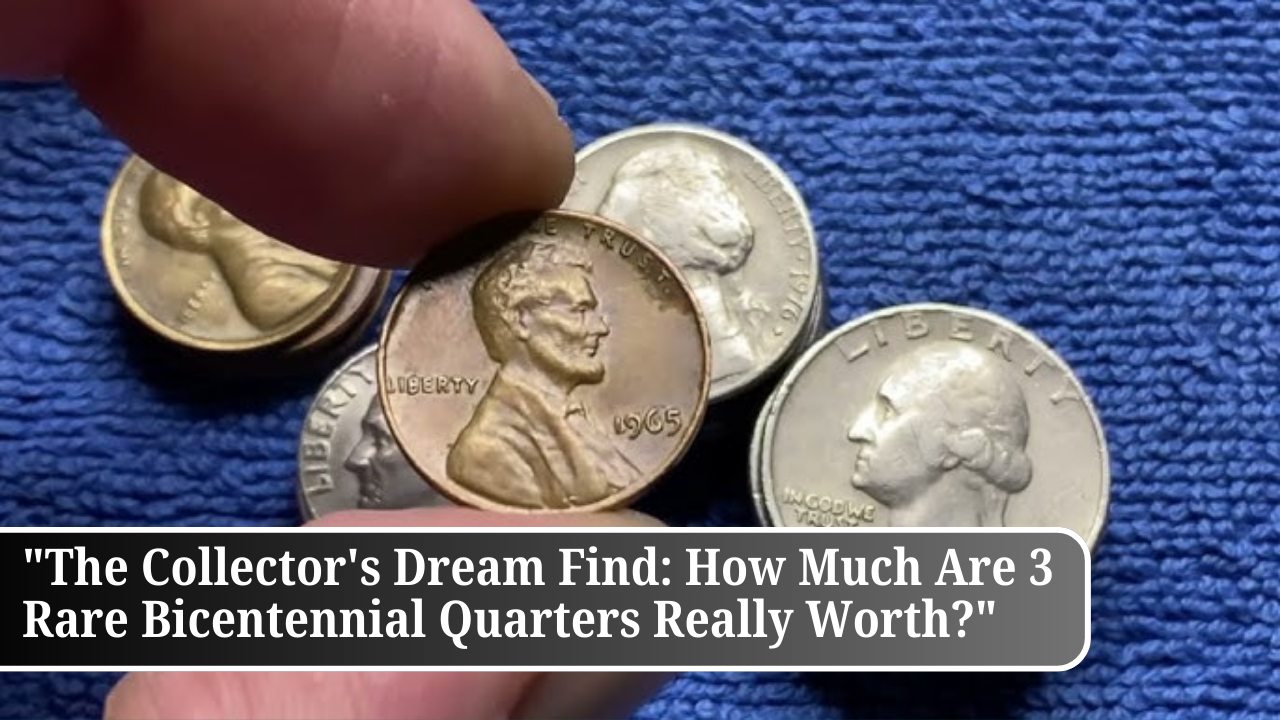Introduction
Gold in a coin collector’s perspective would be the discovery of a precious coin within circulation. There is a range of coins that collectors become interested in, and there is one such collection they become interested in. This collection is known as 1976 Bicentennial Quarters. As long as this collection was way back, it would be around today.
The years 1976 saw when these quarters were circulated into the general public. With the reason that the present few varieties of distinct differences of these coins; these have a worth much beyond face value. The exact thing is why these have gained such high value as those coins. This is the reason why things are this way in the present condition.
In addition, though these quarters have a design unique and were produced in the intention of celebrating the two hundredth anniversary of the United States of America, those quarters contain three unique coins that could be worth thousands of dollars. In the bicentennial celebrations to the founding of the United States of America, the buildings of these quarters were a recognition of the celebration to be held.
Some Bicentennial Quarters are so rare their existence is a collector’s dream. We identify in this section what their real value is. In the real sense of the world, these quarters became an obsession in the minds of many collectors over the years. In recent years, the demand for these quarters has proven to grow dramatically. Due to the growing interest among collectors in general of this quarter, in the recent past few years, such quarters have gained interest amongst collectors.
1976-D Bicentennial Quarter Double Die

The 1976-D Double Die Obverse Quarter is a very valuable piece of money because of the minting flaw that would make it appear as if the design on the obverse of the quarter were twice the size of what it really is.
It was because of this reason that the quarter was able to sell for such an enormous price. This is especially because the reality of the design is literally twice as big to begin with, which is actually the reason for this. Since this mistake was committed, the quarter seemed like it was twice as big as it really is.
This error, observable on the inscriptions and the date “1776-1976,” could potentially increase the value of the coin by as much as thirty thousand dollars, depending on the quality of the piece. The mistake can be seen in the inscriptions. Whether this upgrade is implemented is determined only by the quality of the coin. This can be taken into account, and this is something that can be considered.
1976-S Silver Bicentennial Quarter

The 1976-S Silver Bicentennial Quarter, created for special mint sets with a composition of forty percent silver, has a composition that is composed of forty percent silver. Special mint sets were the intended recipient of this quarter.
Originally, it was issued to be placed in specialty mint sets, though there are several of these, so if the coin is in pristine condition it can potentially bring as much as one thousand dollars. Although the coin was not designed to be circulated to the public at large, it is being circulated today.
Proof Bicentennial Quarter 1976

As a means to attract collectors, the 1976-S Proof Bicentennial Quarter received a lacquer finish, which was to be achieved in such a way to give it an appearance like a mirror. This was meant to attract the collectors.
This was done in the hope of attracting coin collectors for membership purposes. If these proof coins happen to be nearly perfect, chances are they can cost up to seven thousand dollars. This is highly essential to recall if they come in excellent condition.
| Quarter Type | Key Feature | Estimated Value |
| 1976-D Bicentennial Error Quarter | Features rare double die or mint error | Up to $40,000 |
| 1976-S Silver Proof Quarter | Made of 40% silver, “S” mint mark | $10 – $15 |
| 1976 No Mint Mark Quarter | Produced in Philadelphia, lacks mint mark | Up to $500 – $700 |
Conclusion
A rare coin thrill is among the reasons that make the hobby so attractive to collectors. But there are a number of other reasons that also capture the interest of collectors. The 1976 Bicentennial Quarters offer the experience of what excitement surrounds the event.
There is a very big probability that each of these three great finds, mainly the 1976-D Double Die Obverse, the 1976-S Silver, and the 1976-S Proof Bicentennial Quarters could cost in thousands of dollars. All these findings took place in the year 1976.
Among these two coins of the year 1976, 1976-D Double Die Obverse is the costliest among the three. Because of this, you should undertake a full examination of your collection besides your spare change; it may be the case that you possess something buried treasure.
More For You
“Financial Breakthrough: The $10,000,000 Coin Hunt for 2 Rare Bicentennial Quarters”
“The Million-Dollar Coin: How One Rare Bicentennial Quarter Could Make You Wealthy”
FAQs
Q 1. What makes some Bicentennial quarters valuable?
A: Rare errors such as multiple die strikes, distinct mint marks, or near-perfect conditions make these quarters valuable.
Q 2. How do I price my Bicentennial quarter?
A: You can look for minting faults, distinct mint markings, or near-perfect condition. Professional grading offers a reliable assessment.
Q 3. Are all Bicentennial quarters worth collecting?
A: No, there are few Bicentennial quarters to collect because of distinctive flaws or exceptional condition. Most of them are still only worth face value unless they qualify under one of these categories.
Q 4. Where to sell a nice Bicentennial quarter?
A: Rare coins can be sold at a coin auction, online markets, or coin dealers. The addition of a grade and authentication with the sale will enhance its value.
Q 5. What do I do if my quarter is rare?
A: Have a trusted service appraise or grade your Bicentennial quarter in order to establish its legitimacy and value. This should then be better able to help you determine whether to sell it or not retain it.

